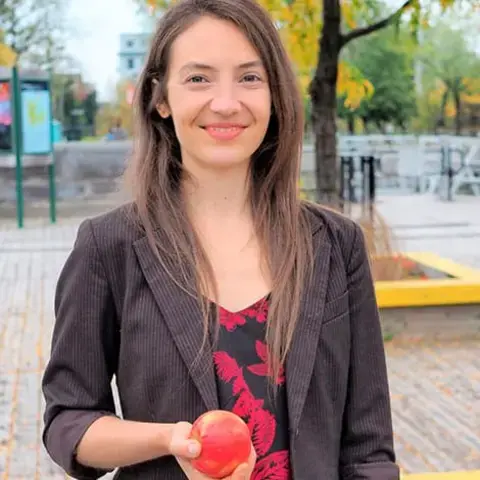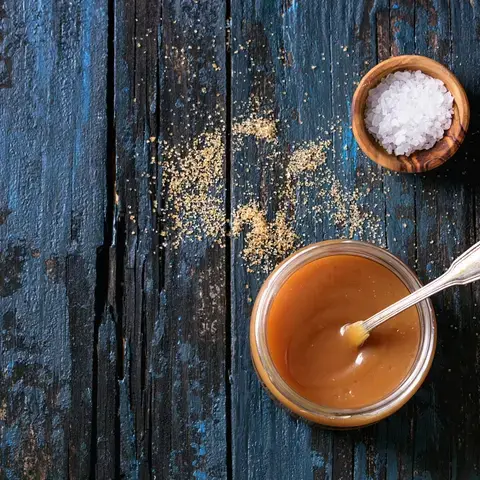Rice was first cultivated in Japan over 2000 years ago, although it took a few hundred years before saké developed. A brewery was established within the Imperial Palace in the country’s then capital of Nara in 689. It was not until around 1000 that the recipe became similar to what we know today but saké was not sufficiently filtered to be clear until 1578. The process was refined during the Edo period (1603-1868) and more industrial scale production began. Following the Meiji Restoration, saké breweries sprang up across Japan and improvements in technology and equipment led to huge increases in quality and production into the 20th century. Although fewer than 2,000 saké breweries remain in existence in Japan today, the drink has grown in popularity across the world.Wondering how to make sake at home? There are five crucial steps to successfully brewing saké.
- Meet a master brewer who’s studied saké-making in Japan.
- Wear his Japanese bandana (Me: “What do the characters mean?” Him: “Victory…I think.”)
- Source koji-kin, saké yeasts, soybeans, a large bamboo rice steamer, an instant-read thermometer, aquarium thermometers, citric acid, two large food grade containers with fermentation caps, quality Japanese rice, fine cheesecloth and a dehydrator wrapped in plastic or another small, well- insulated space. A siphon is optional.
- Brew in fall or in a temperature-controlled fridge.
- Worry constantly. Sebastien prefers “be mindful,” as he says worrying will make the saké sour.
Sebastien Bureau’s apartment is a treasure trove of fermenting wonders. The microbiologist turned kombucha guru is the flavour master behind Montreal-based RISE Kombucha and a founder of MannaNova Solutions, a food development and innovation company. His mothers – slimy sheets of scoby that turn sweet tea into kombucha – are growing in large containers and his canning cupboard is stocked with pickles and tomato passata. While we prepare to make koji – aka the first step to make saké – he offers me a home-brined olive and a jar of honey from his bees.
Tonight we have to inoculate steamed rice with koji-kin, a type of mold called Aspergillus oryzae used to make koji, which breaks down the starch in rice and helps turn it into alcohol. Then after three days of fermentation, we’ll combine our koji with more cooked rice, water and special yeasts.






















